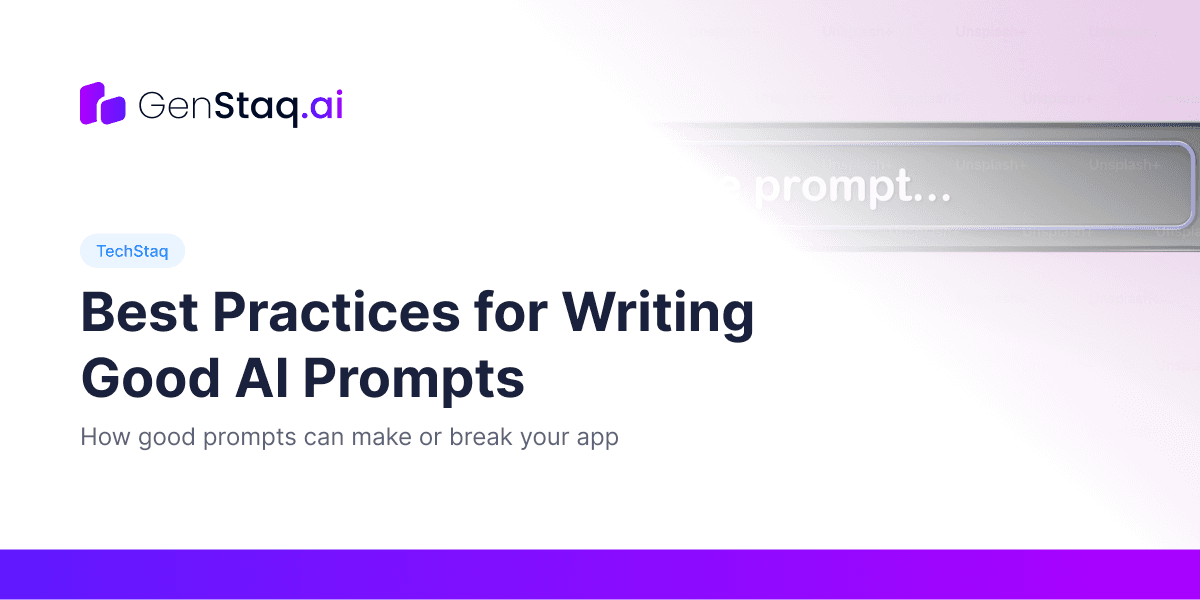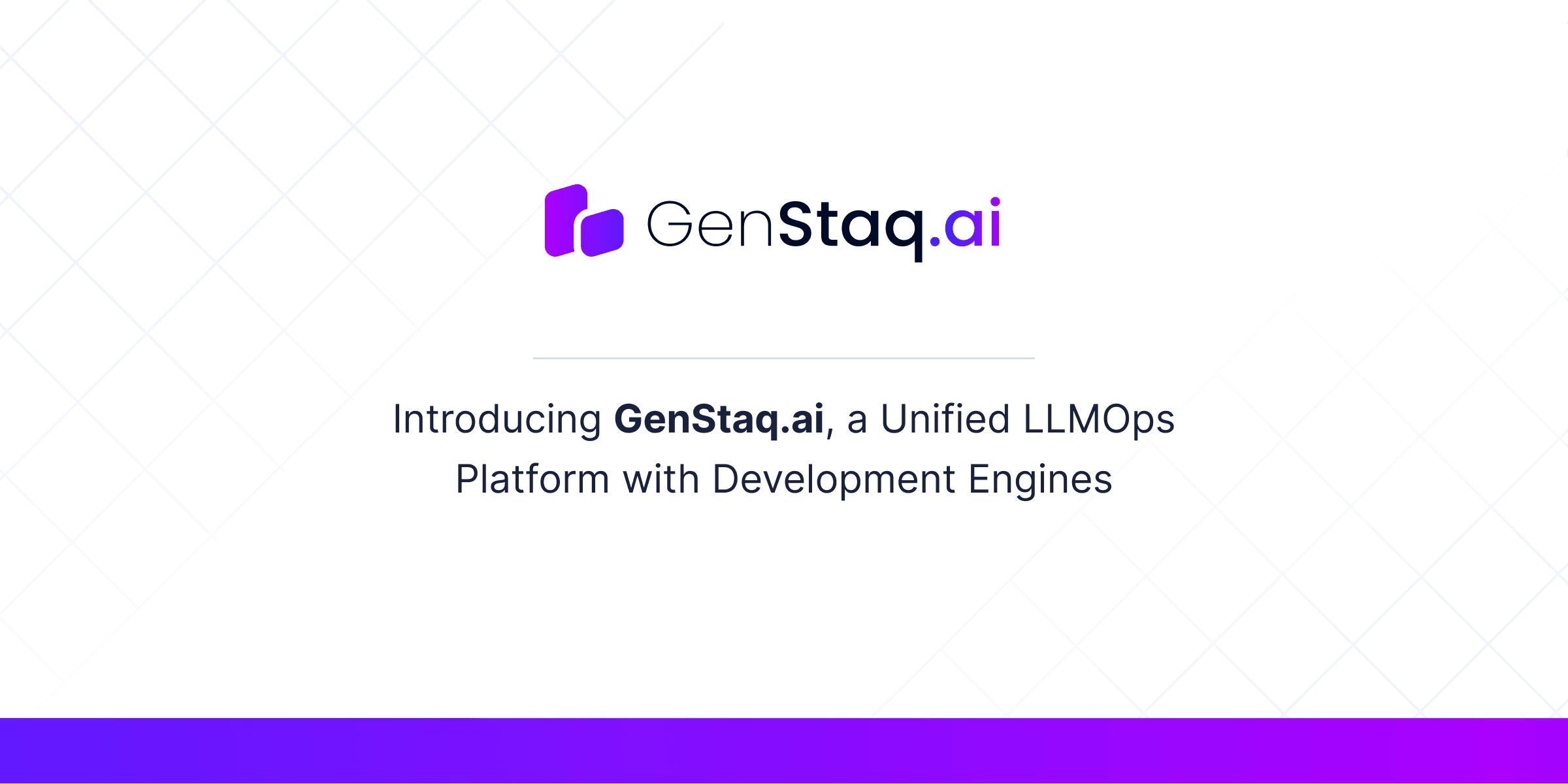
Mayan Kansal
Founder & CEO
TechStaq
13 September 2024
Getting the most out of AI interactions starts with the prompt. The way you ask your question or present your request greatly influences the AI's response. With some simple strategies, you can ensure that AI provides you with useful, accurate, and relevant results.
In this guide, we’ll explore practical tips for writing great AI prompts that boost the quality of the responses you get.
Be Direct: The Power of Clear Prompts
When it comes to AI, clarity is king. A vague or open-ended prompt can leave the AI guessing, which leads to less helpful answers. The clearer your prompt, the more targeted the AI’s response.
What Not to Do:
What to Do:
This sharp focus on the project deadline will guide the AI to give you the exact information you're looking for.
Set the Scene: Use Context for Better Responses
AI thrives when it knows what’s going on. Including context about the situation, meeting, or discussion helps narrow down the response and avoids irrelevant details.
What Not to Do:
What to Do:
By specifying the topic—marketing strategy—you steer the AI in the right direction and get more relevant output.
Precision Matters: Don’t Leave Room for Interpretation
Ambiguity is an AI’s worst enemy. When your prompt is too broad or could be understood in multiple ways, the response may not match your expectations. Avoid ambiguous words and phrases to ensure clarity.
What Not to Do:
What to Do:
This specific question gives the AI clear guidance on which part of the meeting to analyze.
Name the Players: Use Specific Names Where Possible
When dealing with multiple participants or topics, it’s helpful to use proper names to identify speakers or items. This allows the AI to focus on information from the right source.
What Not to Do:
What to Do:
By naming Sarah, the AI knows exactly who to focus on, increasing the accuracy of the response.
Keep It Natural: Speak Like You Normally Would
While brevity is important, overly brief or cryptic prompts won’t get you the best results. On the other hand, extremely long prompts may confuse the AI. The sweet spot lies in using natural, conversational language.
What Not to Do (Too Short):
What Not to Do (Too Long):
What to Do:
This prompt is natural, and clear, and gives the AI enough direction to provide a solid response.
Break It Down: Ask One Question at a Time
When you ask multiple questions in a single prompt, the AI might get confused and provide incomplete or mixed answers. It’s better to focus on one specific query per prompt.
What Not to Do:
What to Do:
You can always follow up with a second question.
Tailor for Simplicity: Use Non-Technical Language When Possible
Unless you're working with a highly specialized AI, using technical jargon may lead to confusion or inaccurate responses. Simple, straightforward language works best.
What Not to Do:
What to Do:
By keeping the language simple, you ensure the AI understands the question and provides a meaningful answer.
Final Thoughts
Effective AI prompts are the key to unlocking insightful, helpful, and relevant responses from AI tools. By being specific, providing context, and using natural language, you can get the most out of your AI interactions.
Start experimenting with these best practices and see how the quality of your AI responses improves. Remember, a well-crafted prompt leads to a well-crafted response!
References:






